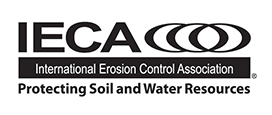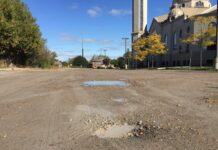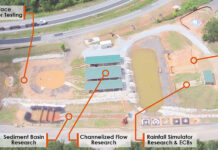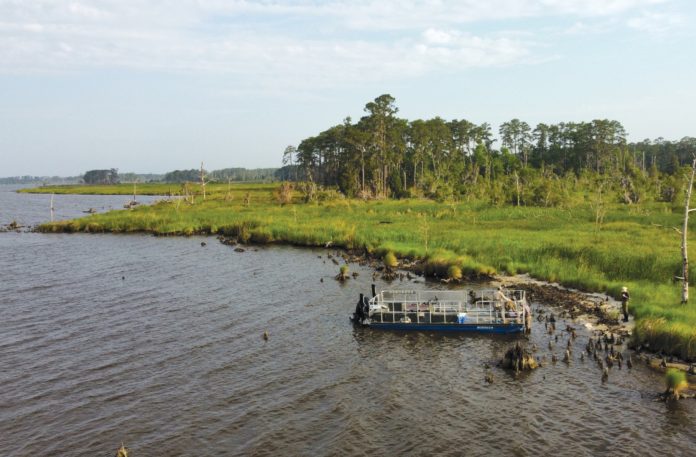
Climate change is expected to have numerous effects, including more intense storms, periods of drought and rising sea levels. These effects are likely to impact different types of wetland systems, including constructed and coastal types. One group of researchers reviewed many studies to determine what types of information are needed to predict future impacts, while another measured the current effects on coastal wetlands.
In a review of studies of the response of both peat-based and constructed wetlands to various climate change scenarios, Salimi et al. (2021)1 suggested that much more research is needed as current results are often contradictory. They considered both greenhouse gas emissions (methane, carbon dioxide, nitrous oxide) and carbon sequestration responses in both systems. The response of peat systems to drought could be increased oxidation at the surface, releasing carbon. In addition, this could result in increased vascular plant growth, leading to greater emissions. Warmer and wetter trends might increase net primary productivity, sequestering more carbon, but could also increase methane production in the anaerobic zone. They suggest that studies of process-based functions of plants and the microbial community are needed to begin to predict responses in peat systems. Constructed wetlands have also been shown to have a wide variety of responses to hydrological regimes and plant species. There is some evidence that pulsing water levels can reduce the anaerobic conditions that result in greenhouse gas emissions but optimizing water levels to attain both water quality and climate benefits needs further study. Because most models of climate change predict droughts to occur between more intense storms, the impact of dry periods on wetlands should be a priority for future research.
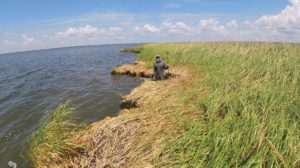
The impact of climate change has been evident on coastlines throughout the world, particularly the rising sea levels. To study the processes involved along the North Carolina coast, with its 2,500 km shoreline, a research team conducted surveys of vegetation and soils at numerous points representing different vegetation types.2 The salinity of salt marshes has increased as the sea level has risen, killing the less tolerant vegetation and resulting in “ghost” forests of dead trees in many places. In other places, the higher water levels coupled with wind forces have sharply eroded sea grass marshes. The major coastal ecosystems evaluated include intact tidal forested wetlands (average water salinity, 0.16-1.64 ppt), degraded oligohaline “ghost forest” wetlands (4.32-8.32 ppt) and established mesohaline marshes (12.0-15.5 ppt). The ecosystem types each had significantly different erosion rates, peat depth and soil C pools, with the ghost forest sites (Figure 1) having the lowest peat depth and soil C. Sites exposed to large open water areas were eroding at high rates (1.2 m yr-1) while protected shorelines were having slight gains (0.2 m yr-1). Among the different vegetation systems, the marsh (Figure 2) was eroding at 1.6 m yr-1 and the ghost forest at about half that rate, while the freshwater (intact) forest was gaining 0.3 m yr-1. The loss of the freshwater forest and marshes along the coast may represent substantial losses of soil C.
References
Salimi, S., S. A.A.A.N. Almuktar, S. A.A.A.N., Scholz, M. 2021. Impact of climate change on wetland ecosystems: A critical review of experimental wetlands. Journal of Environmental Management 286: 112160. https://doi.org/10.1016/j.jenvman.2021.112160.
Gorczynski, Lori E. 2022. Quantification of coastal wetland blue carbon stocks along salinity gradients in the Albemarle-Pamlico Estuary. Master of Science Thesis, North Carolina State University. Available at https://repository.lib.ncsu.edu/handle/1840.20/25.
About the Expert
Rich McLaughlin, Ph.D., received a B.S. in natural resource management at Virginia Tech and studied soils and soil chemistry at Purdue University for his master’s degree and doctoral degree. He is a professor and extension specialist in the Soil Science Department at North Carolina State University in Raleigh, North Carolina, specializing in erosion, sediment and turbidity control.
